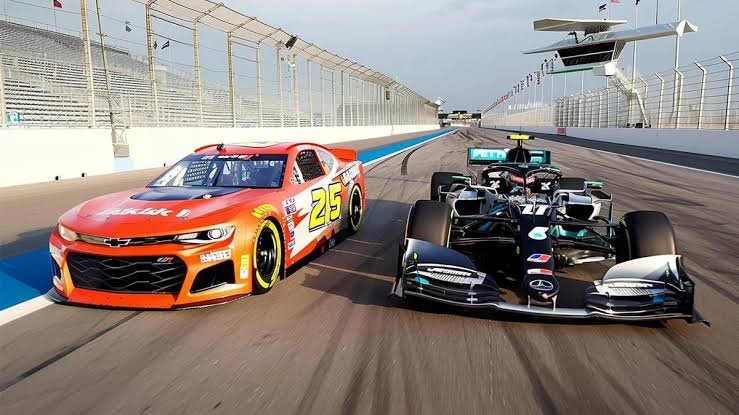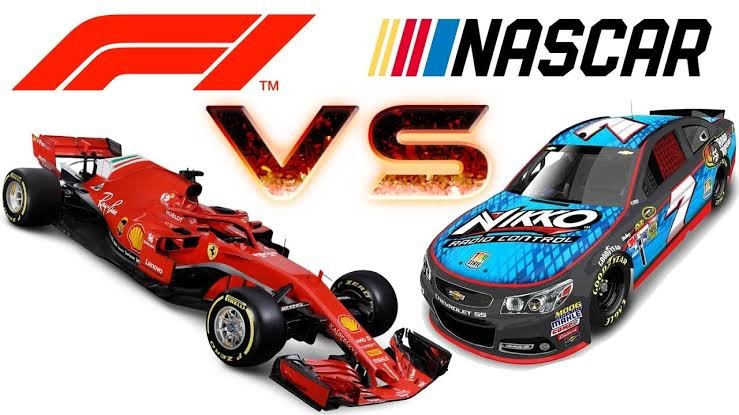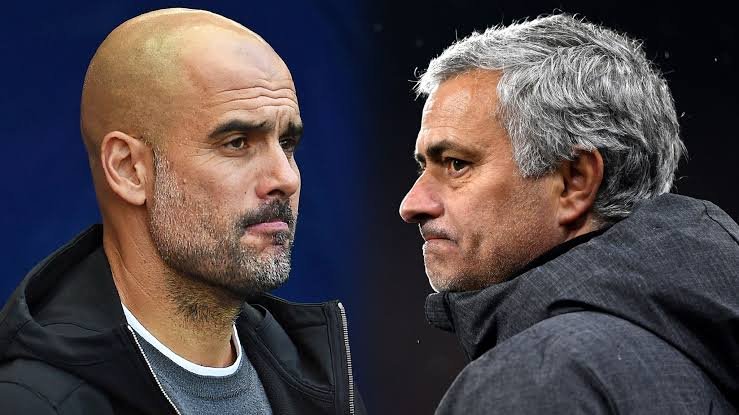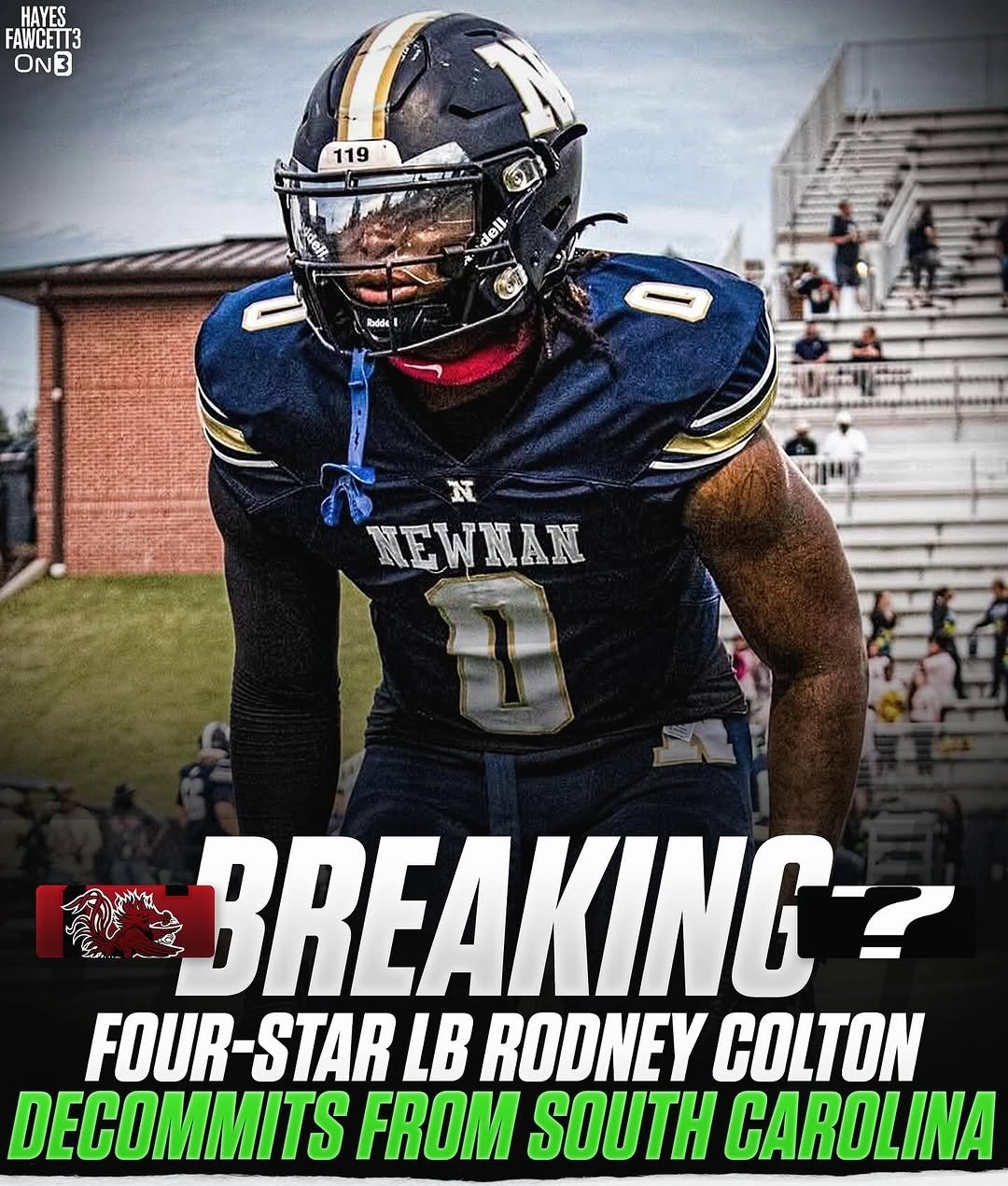NASCAR Faces Calls for Overhaul as Insiders Demand Driver Transparency and Personality Showcase
In a growing wave of criticism, NASCAR insiders Jordan Bianchi and Jeff Gluck are pushing for transformative changes to make drivers more relatable to fans. Drawing comparisons to the thriving fan engagement in Formula 1, both advocates argue that NASCAR’s rigid structure suppresses drivers’ personalities and hinders the sport’s cultural relevance.
“Let Them Speak Their Mind”: Jordan Bianchi’s Bold Plea
Speaking on the “The Teardown” podcast, Jordan Bianchi emphasized the need for drivers to express themselves more freely, breaking away from the sport’s strict adherence to maintaining an idealized image. He explained:

“Let them speak their mind. I do feel like in this day and age in NASCAR, there’s so much ‘let’s not go down that road’ or ‘let’s not do that.’”
Bianchi lamented how many of NASCAR’s most dynamic personalities are hidden behind the cameras, depriving fans of a deeper connection:
“When you let these guys be the personalities, there’s a lot of great personalities in this sport that just don’t get showcased or don’t get allowed to come out. When the cameras are off, it’s like, ‘Man, these guys are great.’”
The insider argued that for NASCAR to create superstars on par with past icons like Dale Earnhardt, Jeff Gordon, and Tony Stewart, the sport must highlight the unique personas of its current drivers:
“If the idea is to have superstars in your sport, you’ve got to put them in a position to be allowed to be superstars, and part of that is showing a personality.”
Formula 1’s Model: A Lesson in Driver Engagement
Co-host Jeff Gluck further reinforced Bianchi’s stance, using Formula 1 as a benchmark for fan interaction. Formula 1 drivers are consistently accessible to the media, a practice that humanizes them and fosters deeper connections with fans. Gluck noted:
“You want a driver and need to ask them a question, you’re going to get them. Every single driver talks after qualifying, and every single driver talks after the race. They could crash out on Lap 2, they talk. They could qualify last, they talk, they have to.”
This constant media presence allows fans to see the full spectrum of emotions and experiences drivers go through, from victories to setbacks. According to Gluck, such engagement has been pivotal in boosting Formula 1’s global popularity and growing its fanbase.
The NASCAR Dilemma: Fading Charisma and Connection
In contrast, NASCAR has struggled to produce personalities that resonate widely in recent years. While drivers like Chase Elliott and Kyle Larson dominate on the track, they lack the star power and widespread recognition of their predecessors. Bianchi and Gluck argue that NASCAR’s restrictive environment is partially to blame.
By prioritizing clean-cut images over authenticity, NASCAR risks alienating its audience, especially the younger generation that craves relatability and human connection.
A Path Forward: More Access, More Relatability
The solution, according to Bianchi and Gluck, lies in greater media access to drivers and a conscious effort to showcase their individuality. Allowing drivers to speak openly and candidly could breathe new life into the sport and attract a diverse, engaged audience.
As the debate unfolds, the pressure is mounting on NASCAR’s leadership to reconsider its approach. Will they adapt to the changing demands of fans and media, or will they risk falling further behind other motorsports in terms of cultural relevance? Only time will tell.



